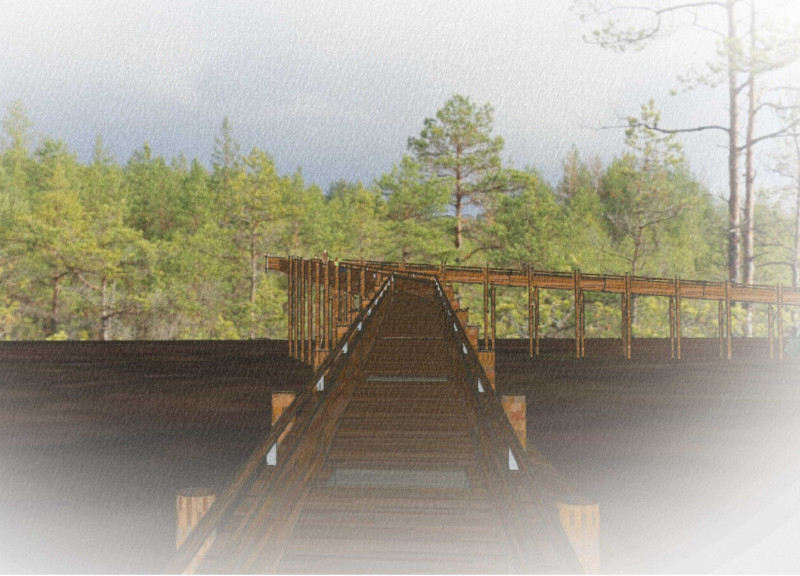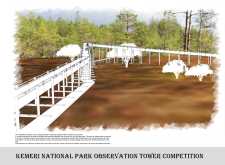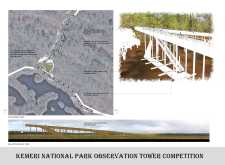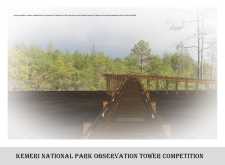5 key facts about this project
The project focuses on an integrated approach to pathways and a tower designed for disabled access within a national park. The aim is to enhance the visitor experience while ensuring that all users can engage with the surroundings. The design encourages movement and interaction with nature, allowing people to explore the park's beauty through its pathways.
Architecture Concept
The concept combines walkways and the access tower into a single structure. This approach allows the ramps, which provide access for individuals with disabilities, to also serve as pathways for all visitors. As users ascend, they will encounter various views of the park, creating an enriching experience that emphasizes the natural environment.
Ramp Placement
The ramp's placement is vital for connecting the built environment with the landscape. By positioning the ramps amid existing trees and foliage, the design respects the natural setting while enhancing the experience of those using the pathways. Each elevation opens up new perspectives, allowing visitors to engage more deeply with the park's topography and surroundings.
Construction Methodology
To ensure an efficient building process, the project proposes a construction method that involves prefabrication. The walkways will be assembled from kits at ground level before being raised onto pre-set poles. This method reduces disruption to the landscape and makes the construction process simpler and quicker.
Materials and Structural Elements
Interlocking finger-jointed timbers are mentioned as structural components, bonded together on-site to create strong beams. Areas of metal grill flooring will also be part of the design, allowing people to look down at the ground below as they walk above. This connection between the structure and nature adds to the architectural experience.
The ramps rise through the trees, guiding visitors along pathways that ensure everyone can explore and enjoy the park's offerings, reinforcing the importance of accessibility in the overall design.






















































